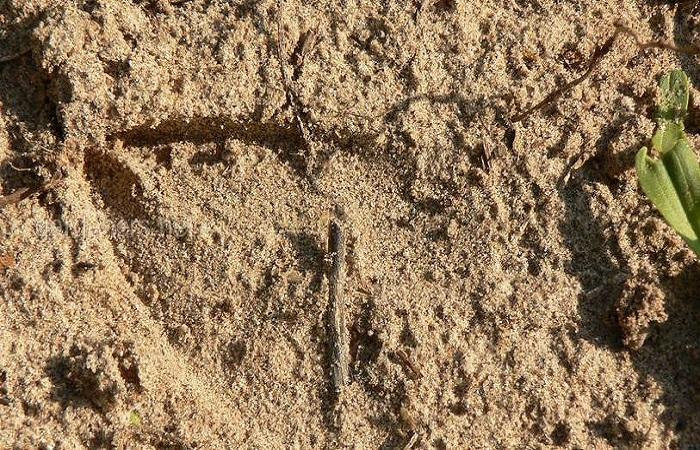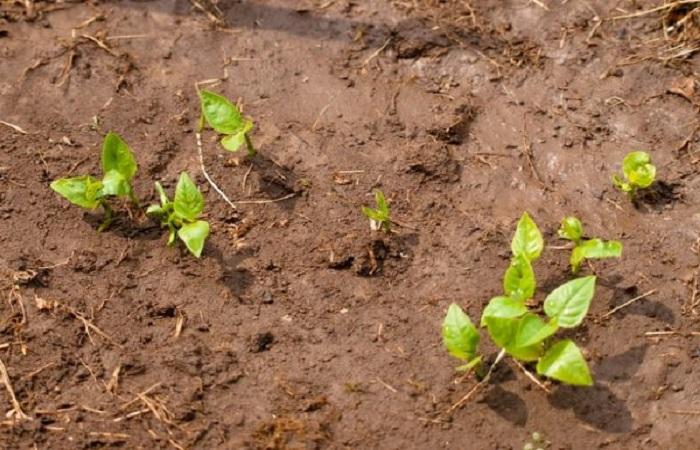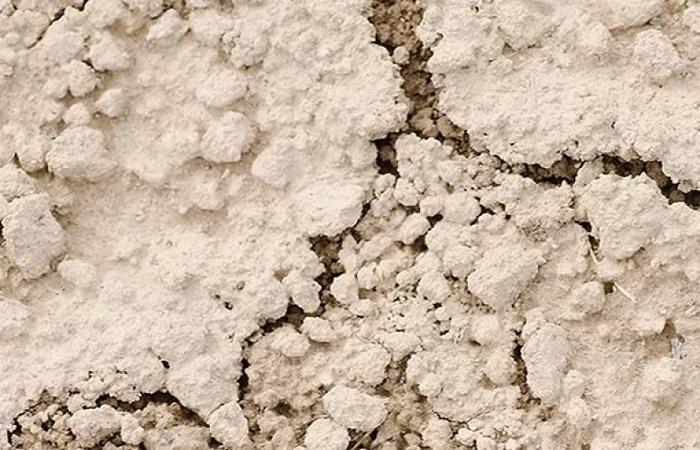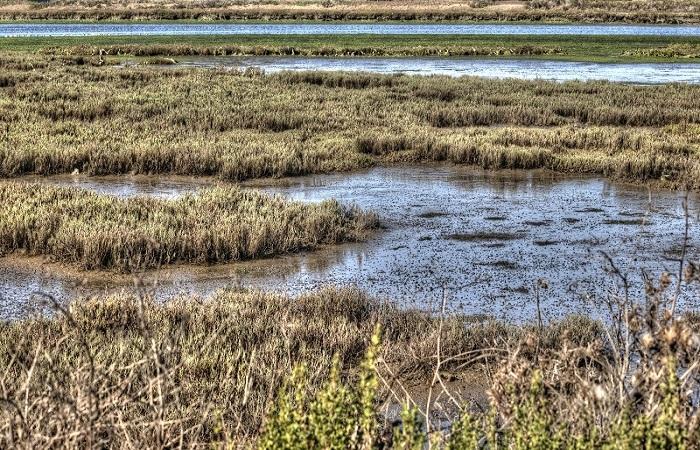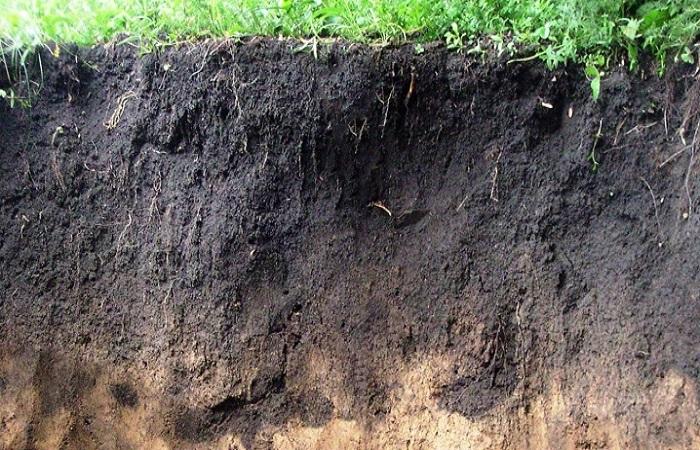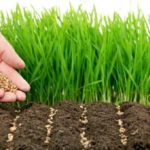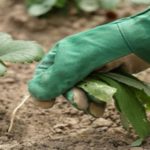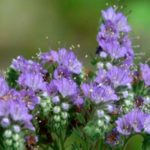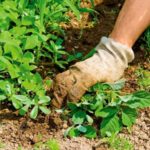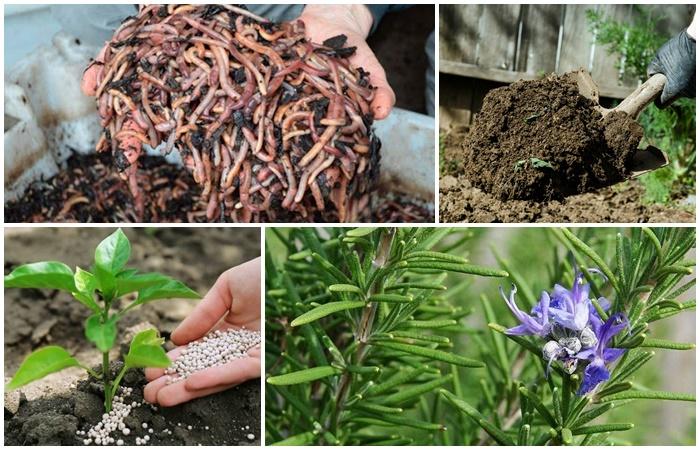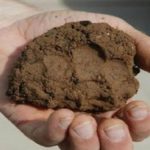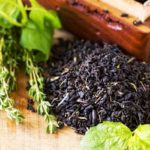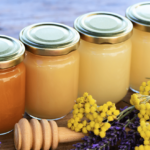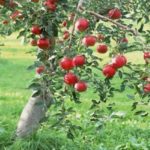Soil fertility is a special criterion that determines how suitable it is for growing crops. This is of great importance and determines the success of its economic use. Let's consider the types of soils according to this indicator, which are the most fertile soils on the planet and why. What properties do different types of soil have, what methods are used to improve fertility.
Clay soil
Clay soil is considered to be soil that consists of more than 90% clay particles, the rest being sand.It has the following characteristics: high density, water absorption coefficient is below average, moisture is poorly absorbed, and after digging it remains in large lumps. Clay soil strongly sticks to your feet when wet, takes a long time to warm up in the spring, but also takes a long time to cool down, and has a generally acidic reaction.
In clay soil, nutrients and water are retained well, but air does not penetrate well; if overmoistened, the roots can rot. After rains, a dense crust forms on the surface, which cracks. Clay soil can become fertile with regular digging and loosening, that is, with agricultural measures aimed at making it drier and allowing air to pass through.
sandy soil
Soil with a lot of sand does not have high fertility. It is dry, water passes down quickly and easily, and remains in deep layers where it is difficult for plant roots to reach it. Because of this, plants of most species lack moisture. But air passes to the roots easily and in sufficient quantity.
Sandy loam
According to its characteristics, sandy loam is more similar to sandy soil and has a light composition. But it contains more clay particles, so it retains organic and mineral substances better, heats up quickly, like sand, but retains heat better. It allows moisture to pass through more slowly, therefore it dries out more slowly and allows air to pass through well.It is easy to process; you need to dig and loosen it less often than clayey soil; a crust does not form on it.
Sandy loam soil is suitable for growing most vegetable and garden plants using standard agricultural techniques, if you choose zoned varieties. Sandy loam is quite widespread and is the soil-forming material for many types of soil.
Loamy
This is the best type of soil for agricultural use. It is suitable for all crops. It is quite easy to process, but you need to loosen it often because a crust forms on top. It allows air and moisture to pass through in sufficient quantities for plants, warms up and retains heat, and contains many nutrients.
Loamy soil does not need improvement, you just need to maintain its natural fertility, for example, apply fertilizers, loosen, mulch the beds.
Limestone
Contains carbonates, which is why it has an alkaline reaction. Rocky inclusions may occur. Calcareous soil heats up and dries quite quickly, and can have a light or heavy granulometric composition. Due to the lime content, it does not transfer manganese and iron to plants well, which causes their growth to slow down and leaves to turn yellow prematurely. All types of plants can be grown on calcareous soil, except those that love acidic soil.
Peat-swampy
Crops are also grown on such soils, but they themselves are infertile. They have a thin fertile layer, which contains little humus and nutrients. They are saturated with moisture, absorb it quickly, take a long time to warm up, and are often sour. Peat-bog soils have enough nutrients; they are easily processed and cultivated.
Chernozems
This type of soil is the most fertile on Earth.They have an excellent granular-lumpy structure, a thick top layer with a high humus content. They are formed on loam, so they absorb and retain moisture, air, heat, and mineral components well. The reaction in chernozems is predominantly neutral or slightly acidic, which is also favorable for growing plants.
On the planet, chernozems are found in the temperate zone, in flat areas, under conditions of stable heat, evaporation exceeding moisture, and winter soil freezing.
Chernozems are fertile, but can also be depleted, so when growing crops on them, one cannot do without applying fertilizers, as well as using methods to improve the mechanical composition.
Fertility Improvement Methods
There is not a single soil in the world that is constantly fertile. No matter how rich the land is, it will become depleted if you constantly grow crops on it and do not add the nutrients that the plants took from it. In order for the land to be fertile and the plants to produce a good harvest, you need to monitor the following soil indicators: humidity, evaporation and their ratio, looseness, the amount of basic and additional nutrients, and mechanical composition.
A decrease in soil fertility is expressed in a decrease in its productivity. Planted plants lose their natural immunity to diseases, they become more susceptible to pathogens of various diseases, this leads to a decrease in yield and even death of plants.
To increase fertility, it is necessary to apply several agrotechnical measures at once; their choice depends on the type of soil. For all types, you need to adhere to proper crop rotation, and not constantly grow crops in one place.Every season it is necessary to change the plants, and return them to their old place only after 5 years.
To improve the soil, heat treatment is also used, during which weed seeds, larvae and eggs of pests, bacteria, and fungi are destroyed by heating.
A good recovery method is the propagation of California worms. They digest organic matter and saturate the soil with humus; the more worms it contains, the more fertile it is.
It is necessary to apply fertilizers, both at the end or beginning of the season, and during the growing period of plants. You can use both organic, that is, manure, humus, compost and ash, and mineral - containing nitrogen, potassium, phosphorus and microelements.
It is recommended to plant plants in beds in mixed plantings, that is, satellite plants that improve the condition of the soil should be planted in addition to the main crop: basil, thyme, marigolds, rosemary, chamomile.
And finally, to improve the mechanical composition of the soil, you need to add sand to clay soil, and clay or turf soil and peat to sandy soil. Add lime to acidic soils and acidifying fertilizers to alkaline ones. Loosen and dig up clay and loam, cover with mulching material to prevent drying out and compaction.For loosening, you can add sawdust, straw, tree bark and wood chips, and fallen leaves.
Soil fertility is determined by many characteristics. Black soil is considered the most fertile, but it also requires the use of supporting agrotechnical measures. Other soils have more deficiencies than chernozem, and they are in greater need of improvement. A set of improvement measures can make any land suitable for growing crops.

